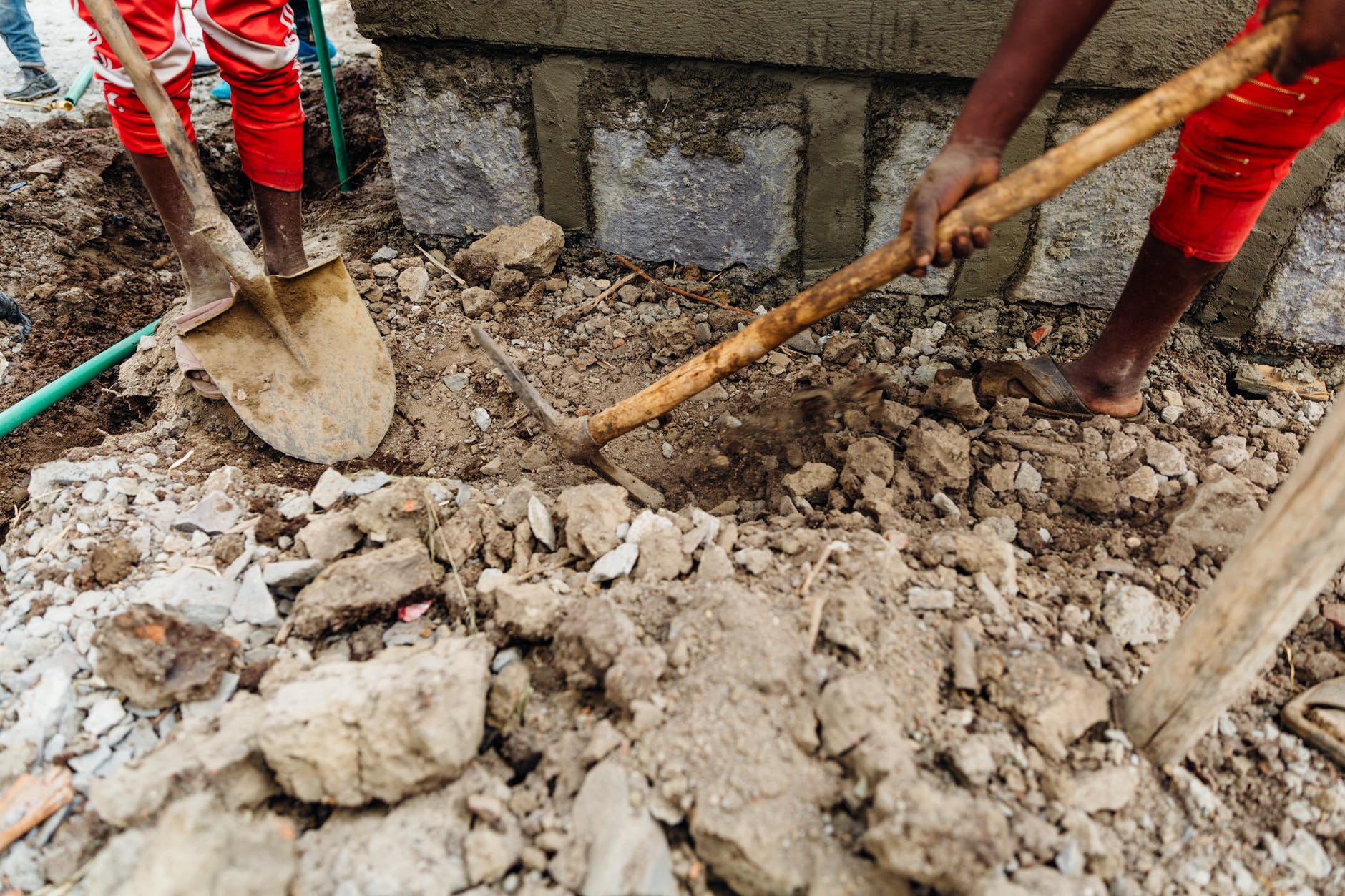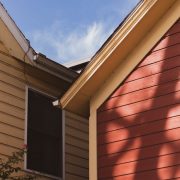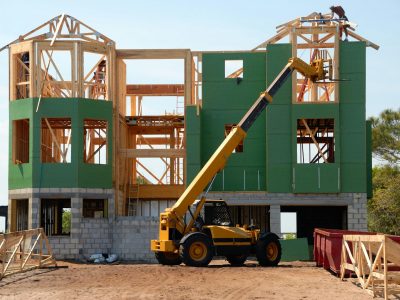Building your dream house takes a lot of time and funds. Whether you’re in Australia or New Zealand, any kind of construction project leaves a huge mess behind. When building, you need to make sure you have more than enough materials, in case anything should go wrong. This results in both a higher cost and more waste left after construction.
From mounds of dirt and rubble to bits of timber and roofing, there’s a lot left over after any construction. This eyesore not only looks bad but can be a dangerous environment, unsuitable for living in. Getting rid of construction waste is a tricky, but necessary part of building any home. To help you get started, here are some tips and tricks on how to manage and dispose of your construction waste properly.
Identify reusable materials
First things first, when planning to dispose of any kind of waste, it’s crucial to identify and categorize it. For crafters and recycling plants to use the waste they receive, it needs to be separated from other kinds of non-recyclable waste. Before you begin shipping your waste, identify and separate recyclable waste from non-recyclable. Materials like concrete, metal, asphalt, glass, and wood are all examples of recyclable waste. They can be reused by individuals or broken down at a recycling plant. Other materials should be separated and taken to a landfill, or disposed of accordingly.
Get it off your property
At the end of the day getting rid of the construction waste means taking it off your property. If it’s a small amount, separate and pack up the waste in bags and deliver them to a recycling center or an interested party yourself. If the amount is too much to handle, consider hiring a skip or moving truck. Wherever you are, getting a Perth or Geelong skip hire is an easy and efficient way to remove unwanted construction waste from your home. A recycling plant, your local landfill, or your handy neighbor would be happy to take unwanted construction waste off your hands.
Donate to local organizations
Among the raw recyclable and non-recyclable construction waste, there is bound to be some reusable waste in good condition. After demolition and construction, reusable materials should go to places that can take advantage of them. From intact door and window frames to tiles, to cans of paint, there are bound to be plenty of materials on-site. A good way to get these materials off your property and to help out your community is to donate them. Do some research and look up some local organizations such as homeless shelters or charity projects. Put your waste to good use by donating it to someone in need.
Handle hazardous waste with care
Not all waste leftover on a construction site can be dealt with in a simple or reusable manner. Nor can this waste be treated with or disposed of in any which way. When constructing a home, there can be many harmful and hazardous wastes that need specific disposal protocols. Identifying harmful or hazardous materials early on is key. Materials like asbestos, lead, or highly flammable materials should be separated and stored safely. If you’re not sure what to do, or what regulations to follow, getting a professional on the scene is a good idea. Hazardous waste disposal professionals will help you get rid of any harmful or toxic materials.
Plan ahead to reduce waste
An important part of waste removal and reduction is planning ahead. Having less waste on the construction site to dispose of starts with the proper planning and organization. Planning out the correct amount of needed materials to ensure that you have the exact amount of what you need. Surplus materials create waste. Make a point to check your inventory throughout the construction instead of buying extra. Have recycled bins on-site to make waste separation and handling easier. This will also make the site less hazardous to everyone’s safety. Identify recyclable materials early on and make sure all workers are informed on waste sorting.
Now that you’re read and learned the basics, you’re ready to dispose of your construction waste in a safe and eco-conscious way! Start your waste disposal by identifying and separating your reusable and recyclable waste. Reuse and recycle what you can and remove what you can’t with the proper transportation
Donate your salvageable waste to those in need and take the rest to a recycling center or landfill. When handling hazardous waste, make sure to take the necessary safety precautions or have a professional on-site. At the end of the day, planning ahead and checking your inventory frequently is a great way to reduce your construction waste in the future.






















